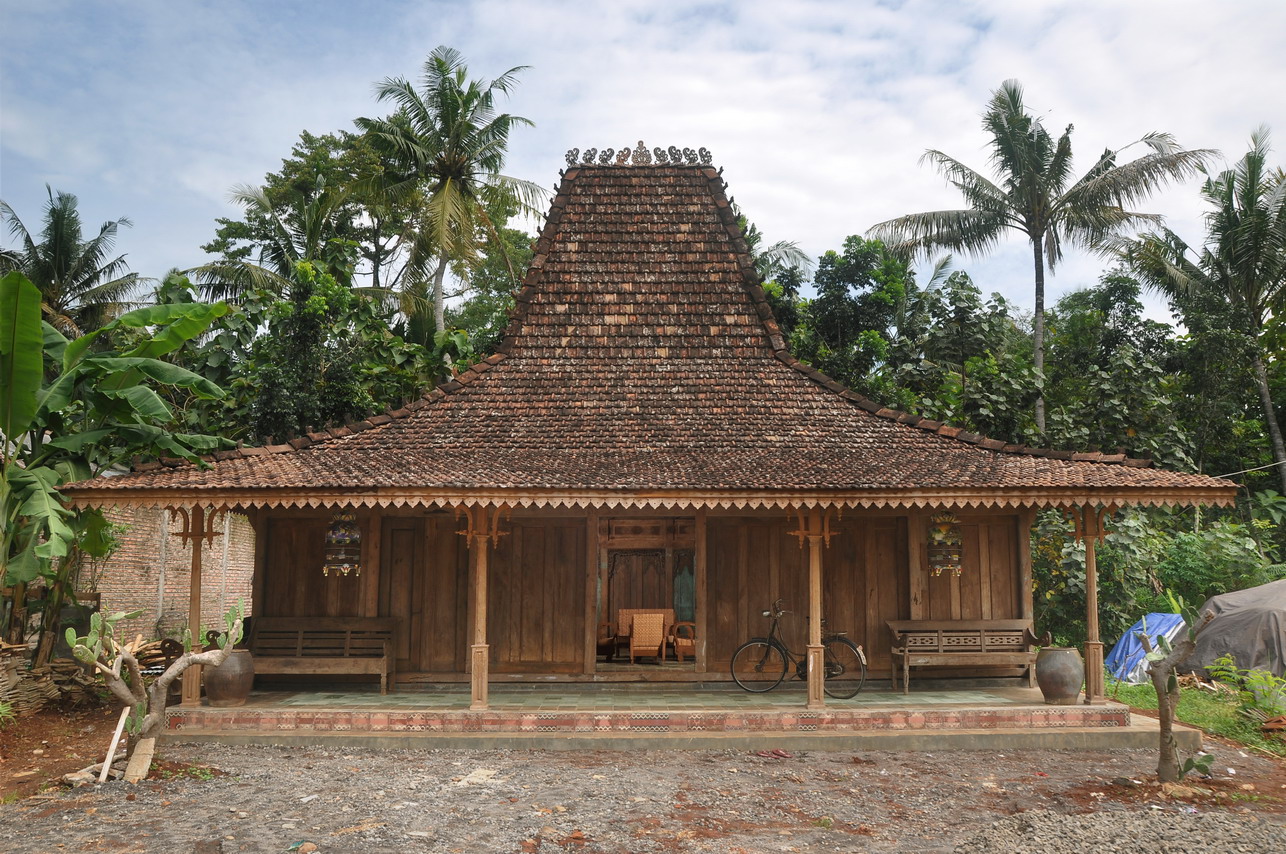If you're looking to explore traditional Javanese architecture and want to learn about its unique features, you've come to the right place. In this article, we will introduce you to the Joglo house. But what is it and what makes it so special?
The Joglo House: A Unique Javanese Architecture
The Joglo house or Joglo limasan is probably the most popular type of traditional Javanese house. Originally from Central Java, this house is also known as the Javanese house or limasan. It's a classic example of Javanese architecture and is recognized for its unique pyramid-shaped roof built above a spacious room.

Distinctive Features of the Joglo House
One interesting fact about it is that the joglo structure doesn't require nails or iron to join the wooden beams together, which is a testament to the skill of Javanese carpenters. The roof of the joglo house is called “soko guru” because it has beautiful carvings at the apex of the roof. Its distinctively shaped roof is supported by four main pillars (saka guru) and four corner pillars (saka ketambe) which helps it remain stable and resist earthquakes common in the region.

How to build a Joglo House
Building a joglo house requires high-end materials such as teakwood and experienced craftsmen. In general, the Joglo house structure is made up by five components:
1. The foundation (rumah pancang)
The foundation is the base of the joglo house and is responsible for supporting the wooden structure of the house.
2. The Pilings
The house is raised high above the ground, which makes it cool and airy. The pilings are dug into the ground to anchor the house and keep it secure especially during floods.
3. The wooden structure
The wooden structure is essential to the Joglo house's unique design, and it's made up of many intricate parts.
4. The roof (soko guru)
The roof is built from wood and the shape resembles that of a pyramid or cone, providing ample inner space and ventilation.
5. The carved decoration
The final component of the joglo house is carving. Javanese houses are typically adorned with intricate wood carvings depicting various themes.
Conclusion
The Joglo house is one of the most distinct examples of Javanese architecture. Not only does it feature ornate carvings and intricate woodwork, but it's also supported by a unique pyramid-shaped roof, which symbolizes the importance of balance and harmony in Javanese culture. It's truly a unique structure that is sure to capture the attention of anyone who is interested in architecture and design.
If you are looking for Kenali 7 Jenis Rumah Joglo, Sejarah dan Ciri-cirinya — Courtina | Courtina you've visit to the right page. We have 3 Pictures about Kenali 7 Jenis Rumah Joglo, Sejarah dan Ciri-cirinya — Courtina | Courtina like Kenali 7 Jenis Rumah Joglo, Sejarah dan Ciri-cirinya — Courtina | Courtina, Rumah Joglo Dari Daerah - Rumah Adat Jawa Tengah Beserta Gambar dan and also Rumah Joglo Dari Daerah - Rumah Adat Jawa Tengah Beserta Gambar dan. Read more:
Kenali 7 Jenis Rumah Joglo, Sejarah Dan Ciri-cirinya — Courtina | Courtina
 courtina.id
courtina.id rumah joglo jawa adat tengah limasan kuno unik omah bangunan timur bagian gebyok filosofi arsitektur sketsa deskripsi beserta masing keunikannya
Rumah Joglo Dari Daerah - Rumah Adat Jawa Tengah Beserta Gambar Dan
 advance--cash--national.blogspot.com
advance--cash--national.blogspot.com Bentuk Atap Rumah Adat Joglo | Cek Bahan Bangunan
 cekbahanbangunan.com
cekbahanbangunan.com joglo adat atap indonesian provinsi javanese java ciri labuhan filosofi banten sumber colonial seafront lamudi daerah keunikan mengenal beserta bangunan
Kenali 7 jenis rumah joglo, sejarah dan ciri-cirinya — courtina. Bentuk atap rumah adat joglo. Rumah joglo dari daerah